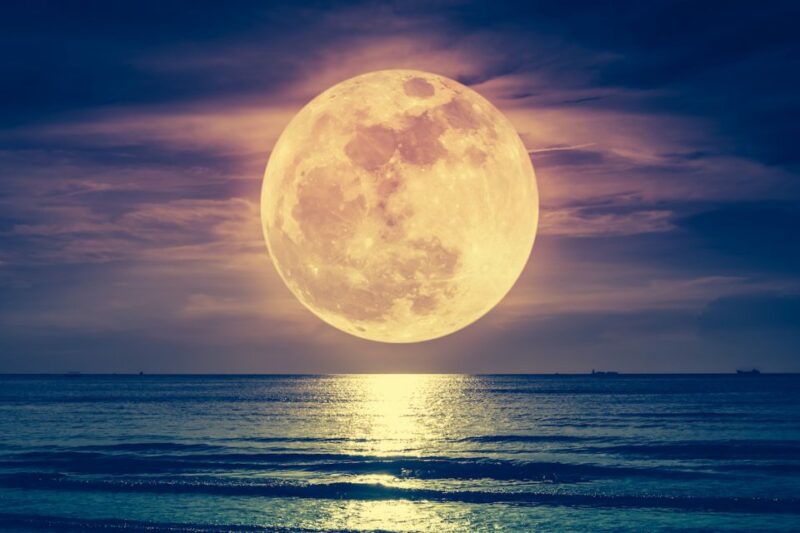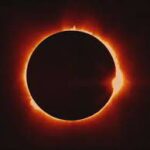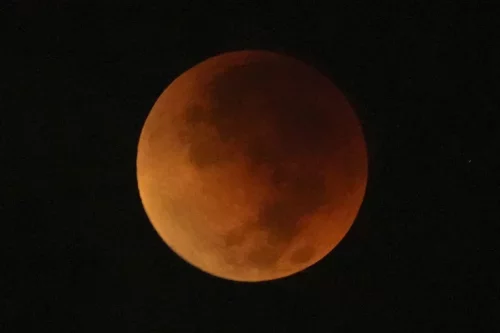
The phenomenon that is a supermoon will occur twice in August 2023 and the first of these was enjoyed by stargazers around the world on the night of the 1st of the month, with photos showing it spectacularly appearing behind some of the most famous structures and monuments on the planet.
When the supermoon comes into sight it gives the illusion of being significantly bigger and brighter than a typical full moon, as it passes at its closest point to Earth. The second such event will happen at the end of August on the 30th and this will not only be a supermoon, but also a blue moon.
The last time two full supermoons appeared in the sky in the same calendar month was back in 2018.
This year there will be four supermoons in total. In addition to the August double, there was also one in July and there will be another in September.
What is it?
A supermoon is when the moon’s closest approach to Earth in any single orbit, known as its “perigee”, lines up with a new or full phase. This would be around 360,000 km away and 22,000 km closer.
In this latest supermoon the lunar body was only 222,159 miles from Earth.
Optical illusion?
When the supermoon appeared it gave the impression that it was 7.1 percent larger and 15.6 percent more luminous than a regular full moon. This is partly due to the Earth’s atmosphere, but mainly because the moon’s orbit around our planet is elliptical and its distance varies over time.
As a consequence it looks more vivid to the naked eye, but essentially it is an optical illusion; it is no bigger, just closer.
Spectacular images
Sky gazers took to social media platforms to show off the amazing photos they had been fortunate enough to capture, including some creating spectacular backdrops at well-known landmarks, city skylines and ancient monuments.
Never in Feb
The moon phases actually take 29.5 days to complete, therefore it takes in total just 354 days to complete 12 lunar cycles. It does mean that every 2.5 years or so, it brings into play a 13th full moon inside one calendar year.
It could never fall in February for obvious reasons. Indeed sometimes that particular month doesn’t have a Full Moon at all.
Super Blue
This 13th full moon doesn’t conform to the normal naming scheme and has become known as the blue moon. This is what will be seen at the end of the month and that one will come ever so slightly closer to earth at 222,043 miles. It will also be referred to as a “super blue moon” and the next one of these is not expected until August 2032, meaning that the event on the 30th will represent the last opportunity to witness one this decade.
Hence the saying
In technical astronomical terms, a blue moon is when four full moons fall within the same season, as opposed to the usual three. It is only in relatively recent times that the term has come to describe a second full moon that gets squeezed into a single calendar month.
This has given rise to the popular phrase: once in a blue moon to indicate rarity in events.






cok guzel manzara ,orada olmak isterdim